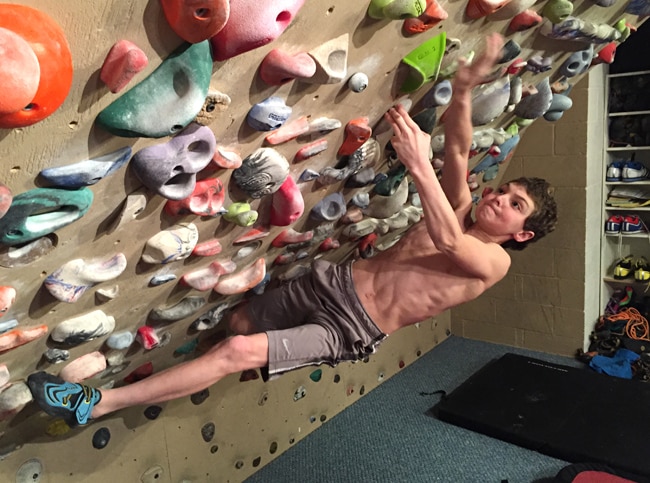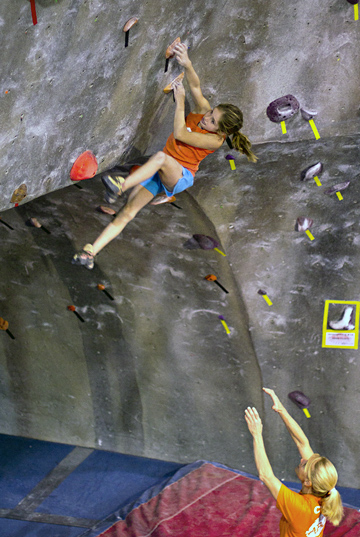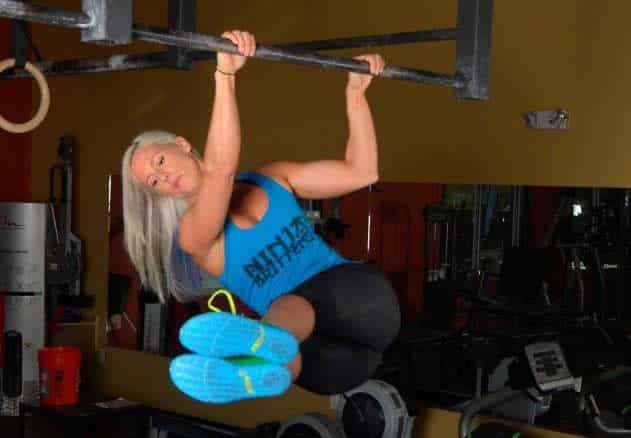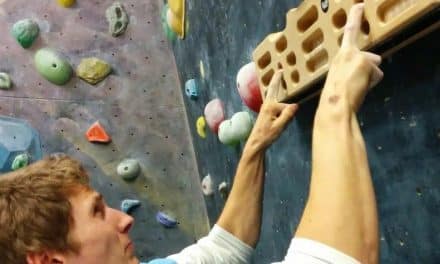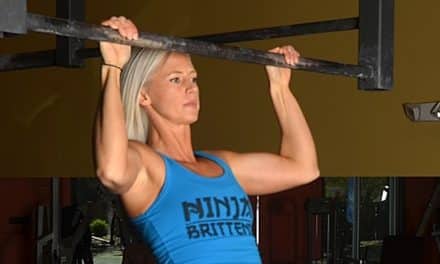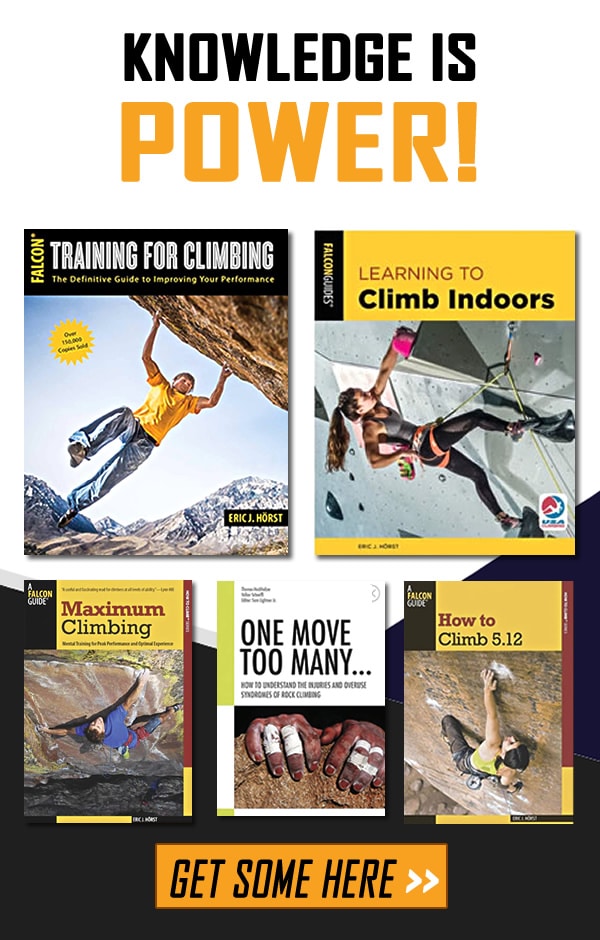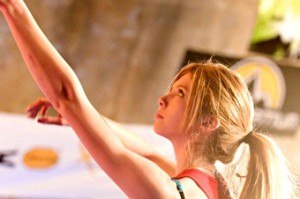
Prior to exercising the body, rock climbing exercises the brain in a most unique and empowering way! (Taylor Clarkin collection)
With the growing popularity of youth climbing competitions and the recent press of pre-teen climbers sending V12 and 5.14 routes, many parents—and some coaches as well—are suspicious that these elite youth climbers must be involved in some secret, arduous strength training program. The truth is, however, that elite youth climbers develop as the result of an early introduction to climbing (often between ages 4 and 7), high-quality coaching, dedicated practice, and a slight (often prepubescent) physique.
So what is the best way for a youth climber to train, and what can a coach or parent do to foster a youngster’s interest in climbing, while at the same time keeping it safe and fun?
As both a parent and coach of two elite youth climbers, I’ve spent much time the last decade researching and developing a youth climbing philosophy that I feel it safe, effective, and appropriate. I’ve written a primer on this important subject—for coaches and parents—in the form of a full chapter on “youth training” in my book, Learning to Climb Indoors. This text is an excellent beginner’s guide to indoor climbing, and the youth training chapter includes guidelines for training skill and strategy, cognitive development, physical fitness training, and injury prevention.
Until you have a chance to check this book, I present you with five articles that layout outline my philosophy of youth training for climbing. Just below is an introduction to indoor climbing (for parents new to the sport). Experienced coaches and parents can scroll down to the links to four articles that I trust you’ll find informative and invaluable.
Introduction to Indoor Climbing
What do you get when you combine video-game-like cognitive engagement with the physical rigors and thrill of ascending a rock wall? Surely, you get one of the very best recreational and character-building activities available to youths of the twenty-first century!
The safe and convenient setting of an indoor climbing gym makes for an ideal recreational activity in which youths can challenge themselves in an individual manner while still being able to develop interpersonal skills with their peers. The captivating nature of climbing has led to rapid growth of youth climbing as a competitive sport, now formalized with a sanctioning body (USA Climbing) and national championship event. Many climbing gyms have burgeoning climbing teams, some of which train for and participate in both bouldering and roped climbing competitive seasons. In fact, it has been proposed that—given the tantalizing nature of indoor climbing, combined with the rapid worldwide growth of youth climbing competitions—it’s an ideal sport to be added to the Olympic Games! (Only time will tell on that…)
Given the emergence of youth climbing as a competitive sport, it’s not surprising that many young climbers (and their parents) are looking for personalized training and formalized coaching. While many gyms are fortunate to have a qualified coach on staff, some budding youth climbers are left with the daunting task of self-coaching or parent-directed coaching. Little has been published on the subject of training for youth climbers, and so without proper guidance some youths end up copying the training practices of adult climbers they observe at the gym.
Five-time US climbing champion and now leading youth climbing coach Robyn Raboutou (“Team ABC” of Boulder, CO) stresses that youth climbers need proper coaching and age-appropriate training. She states that “all kids have a climber inside of them ready to reap the many developmental benefits of climbing, and it can start with kids as young as age three.”
When it comes to safe, effective training for climbing, however, youths cannot simply be treated as “little adults” who are given a proportionally smaller serving of an adult training program. Youth climbers have unique strengths and limitations, and they are vastly different from adults both physiologically and psychologically. A growing body of research and real-life coaching experiences will hopefully soon lead to a full book on the subject of training for youth climbers.
As both a coach and father of two elite youth climbing, I’ve spent much time the last decade researching and developing a youth climbing philosophy that I feel it safe, effective, and appropriate. I’ve written a primer on this important subject—for coaches and parents—in the form of a full chapter on “youth training” in my book, Learning to Climb Indoors. This text is an excellent beginner’s guide to indoor climbing, and the youth training chapter includes guidelines for training skill and strategy, cognitive development, physical fitness training, and injury prevention. Below are links to four articles that outline my philosophy of youth training for climbing.
Youth Training Articles by Hörst (please share with fellow coaches and youth climbing parents)
- Skill Development for Youth Climbers
- Cognitive Development of Youth Climbers
- Age-Appropriate Strength Training for Youth Climbers
- Youth Climbing Injuries and Prevention

